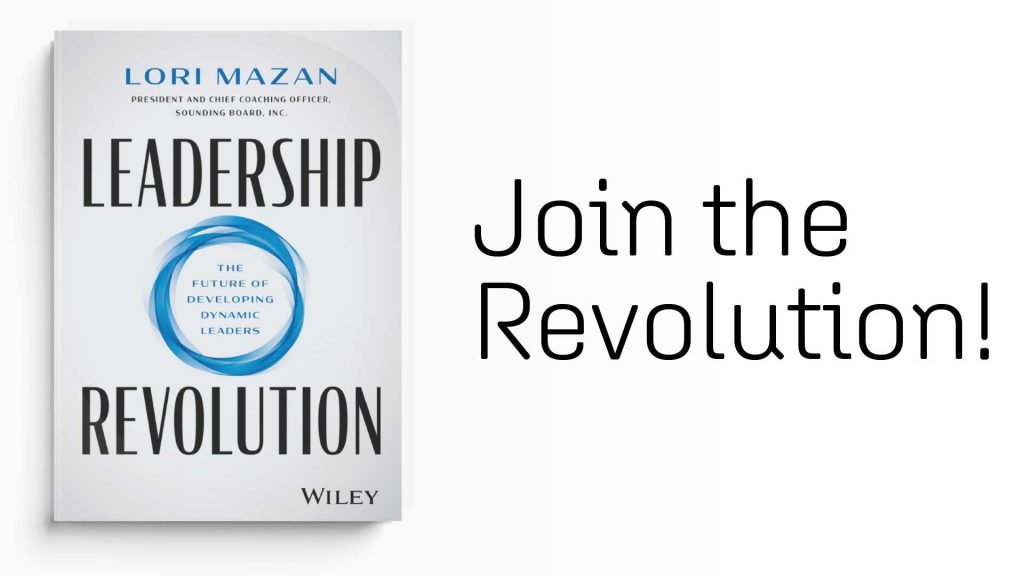Gesler calls it “the new 9-to-5”. Microsoft calls it “the next great disruption.” And more and more companies, from Fortune 500 enterprises to 10-person organizations, are embracing the hybrid work set-up. As we usher in the post-pandemic era, the hype around hybrid work models will only gain more momentum.
While the hybrid work model—in which employees work both in the office and remotely—is somewhat unfamiliar territory for HR executives, most agree that it is indeed the future.
According to McKinsey, most leaders expect employees to step foot in the office one to four days a week, or 21 and 80 percent of the time. Bold claim. However, implementing this new and enhanced work model is far from a cakewalk. It requires sheer determination, extreme agility, patience—and the right leadership skills. But it’s certainly doable.
The Hybrid Work Model: A Different Ball Game For HR Executives
Although nine out of ten HR leaders have already envisioned a hybrid model for their workplaces, most don’t yet have a detailed, high-level plan for executing it. Sad reality. Even those with a more detailed plan (which represents a third of organizations, as per McKinsey) are yet to pilot that plan, let alone communicate it.
Recent research from Gartner Inc echoes these concerns. It argues that while 71% of HR leaders rank growing the business as their #1 mission-critical priority for the organization, most are yet to acknowledge the hybrid work model as the underlying success driver.
Of course, these executives know that it’s only a matter of time before the hybrid model takes over the workplace completely. Still, most are yet to figure a way out of the distributed model that has since become the heartbeat of their workplace culture. They’re somewhat caught in a dilemma. To them, the hybrid path is promising, but it’s equally blurry and hazy.
The good news is that with the right mix of skills, HR executives can accelerate their transformation to the hybrid work model. Here are a few considerations to keep in mind.
1. Look For Skills Adjacent to What You Need
Great leaders are defined by their ability to remain sane in high-pressure environments, and hybrid work is one such environment. There are often too many core skills to juggle with, new talents to absorb, and evolving skills needs to keep up with. It’s akin to a fire drill—there’s absolutely no room for error, else the whole workforce hits a snag.
To truly thrive in a hybrid environment, you need to take a step back and understand what it takes to fill a critical role. If the skills required to fill a specific role’s duties are too many, you might need to leverage skills adjacencies.
In essence, roles are really defined by the roles that constitute them. Skills themselves exist in a skills universe and consist of all the possible skills found at the workplace. More so, these skills are related to other skills in the workplace, and these relationships are what we call skills adjacencies.
Skills adjacencies help drive competitive differentiation, contain costs, and provide the agility and resilience needed to succeed in a hybrid work ecosystem. For example, you could target employees with the more common skill of social listening rather than focus on the rarer, costlier skill of marketing analytics. While these two skills are inherently related, the latter would make your journey to the hybrid world a tad more difficult.
2. Build a Culture of Trust and Flexibility
The pandemic has forced workers to merge their working and living spaces in order to remain productive. Although this scenario has had its fair share of challenges, it has resulted in a new level of flexibility and trust. Employees are expecting more control of their working hours, settings, and schedules moving forward.
As a business or HR executive, you’ll need leadership training to effectively merge the “abandoned” office environment with new fluid styles of work. And, if you’re managing your teams virtually, you’ll need to reimagine and reinvent your leadership strategy as well.
That said, it’s important to make everyone—whether they work remotely or on-site—feel as if they’re part of a highly valued team. Coaching can help you cultivate the additional soft skills required to maintain trust between disparate teams.
3. Open Communication Should Be a No-Brainer
A recent survey by Indeed.com revealed that 46% of employees miss the work-related side conversations that happen in the office. As another study recently proved, these water-cooler moments are incredibly important to workplace culture. In fact, small talk can spark meaningful connections amongst workers and result in increased work enjoyment. More enjoyment = higher productivity.
Recreating these conversations and small talks in a hybrid work environment is no walk in the park. Part of the challenge is encouraging open and consistent communication. And when we say open communication, we mean a scenario where your team members can speak out without fear of intimidation (irrespective of their physical locations), swap views freely, and confidently approach you with any work-related queries or discussions. But this is easier said than done.
The key here is to leverage technology. Whether it’s through Slack, Zoom, or any other online collaboration tools, you need to encourage and promote fortuitous encounters that spark productive conversations, build rapport, and deepen trust. Propose to build in time at the start of every online meeting for members to greet one another, exchange pleasantries, and ask playful questions. You can also schedule the questions at the end of each session, depending on your workplace communication rituals.
4. Practice Inclusive Leadership
A work environment where team members rarely meet in person is likely to stem feelings of exclusion. As such, HR leaders need to take an active role in creating an inclusive hybrid work environment where all employers are heard, appreciated, and valued.
The first step is embracing leadership coaching. Executive coaching puts you in a position to ask yourself the hard questions: Am I creating an inclusive and diversified workforce? Am I treating every employee equally and with respect? Do I appreciate the diversity of opinion and uniqueness of ideas? Do I advocate for the professional development of all workers, whether they’re in the office once a month or every day? As a leader, you need to encourage development at every level of the organization—and it all starts with acquiring goal-oriented, data-backed, highly focused coaching skills.
The Future is Hybrid
As the hybrid work set-up continues to gain popularity, leaders looking to create a purposeful culture that augments productivity and attracts and retains the best talent will need to close the gap between intention and action. Arming yourself with the right mix of leadership skills and soft skills needed to employ new talent-management tactics will be crucial not just while in transition but over the long term. The future is here, and it is hybrid.











